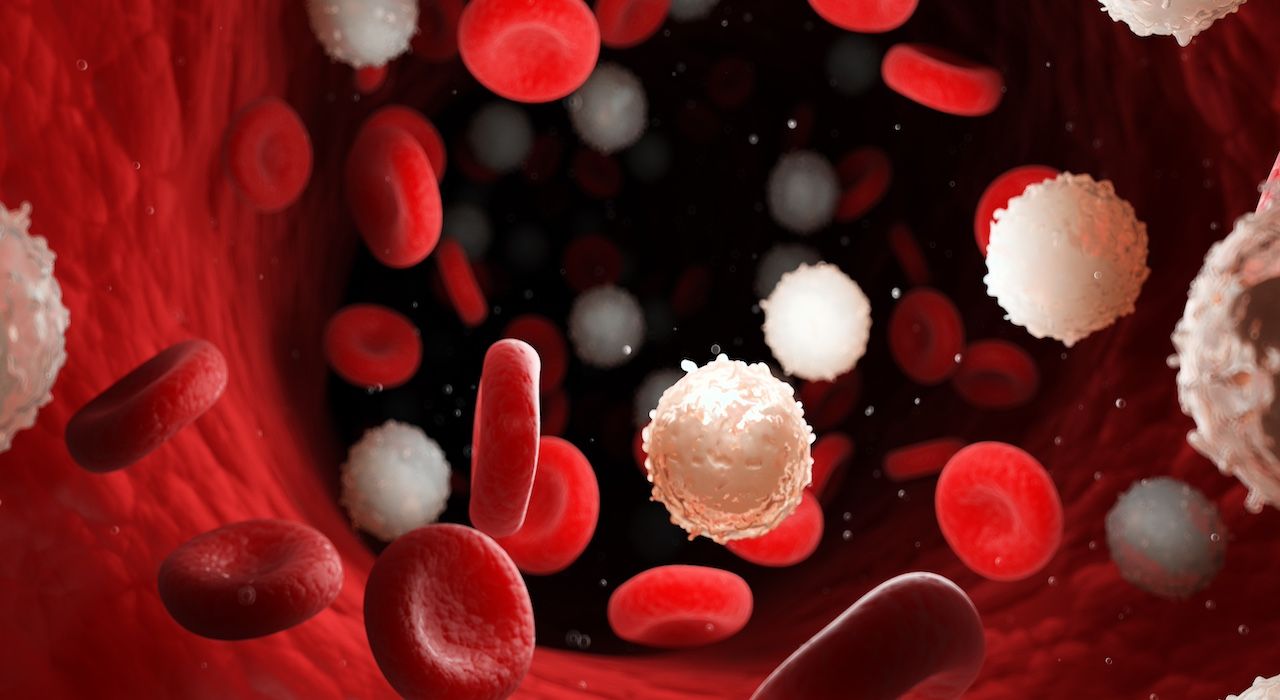News
Article
Analysis: More Than Half of CLL/SLL Cases Diagnosed After 2018 Received Targeted Therapy
Author(s):
The data also show how the economic burden of chronic lymphocytic leukemia/small lymphocytic lymphoma (CLL/SLL) is increasing.
New data suggest patients who receive a diagnosis of chronic lymphocytic leukemia (CLL) or small lymphocytic lymphoma (SLL) are more likely to be treated with targeted therapy than they were half a decade ago.
The report also shows that patients who undergo treatment face high costs of care. The report was published in The Oncologist.
About 4 of 5 patients with a new CLL diagnosis are asymptomatic and do not require immediate care, said the study authors. Chemoimmunotherapy has long been a go-to option for patients whose cases are suitable for therapy, they said. However, newer therapies like Bruton’s tyrosine kinase (BTK) inhibitors have “revolutionized” the treatment of CLL and SLL in recent years, starting with the approval of ibrutinib (Imbruvica; Pharmacyclics/Janssen Biotech) in 2014. Since then, newer BTK inhibitors have been approved to treat CLL and SLL, including the second-generation BTK inhibitor zanubrutinib (Brukinsa; BeiGene), which was approved last year for certain patients with relapsed or refractory CLL or SLL.
Too many white blood cells due to leukemia
Image credit: SciePro - stock.adobe.com

Yet, these therapies have also come with challenges, the authors said. One is treatment resistance, something drug developers have been working to combat, and the other is their economic impact. The authors noted that current BTK inhibitors are indicated for use for an indeterminate amount of time. That fact, coupled with the potential for patients to undergo multiple lines of therapy, can significantly drive up the cost of treatment for patients with CLL or SLL.
The authors said there is relatively little in the way of real-world data showing how these new therapies have affected treatment patterns and the cost of care. They therefore turned to the Optum Clinformatics DataMart database to see what it showed about the changing face of CLL and SLL care.
They searched out cases from between January 2013 and December 2021 in which 1 of the 2 cancer types were diagnosed in patients. They used an algorithm to define lines of therapy and then stratified their data into cohorts of patients whose diagnosis came before or after 2018. In all, 18,418 patients were identified.
The data showed that 28% of patients received at least 1 line of therapy, and 9% of patients had at least 2 lines of therapy. In the pre-2018 era, 42% of the patients who received at least 1 line of therapy (1L+) were given targeted therapy, and 30% were given chemoimmunotherapy in the first line.
By 2018, however, the trend had accelerated. Among patients whose diagnosis came between 2018 and the data cutoff in 2021, 54% received first-line targeted therapy, and just 16% received chemoimmunotherapy as their first line of therapy.
The investigators also found that treatment comes with a substantial cost burden. Their estimates suggest health care costs were $101,122 per patient per year among patients receiving 1L+, and those costs increased steadily as the number of lines of therapy increased.
“Total costs were numerically 3.5 times higher and 4.9 times higher compared with baseline costs among patients treated with 1L+ and 3L+, respectively,” they wrote.
The authors concluded that as the use of novel therapies and genetic testing increases, it will be important to document and analyze the economic impacts of these new treatment patterns. They said more research is also needed to better understand how best to utilize the newest therapies.
“Additional real-world evidence is needed to understand the unmet need of patients who exhaust their therapeutic options and the sequences of targeted therapies, and to quantify clinical and economic outcomes of patients undergoing CLL treatments,” they said.
Reference
Yang X, Zanardo E, Lejeune D, et al. Treatment patterns, healthcare resource utilization, and costs of patients with chronic lymphocytic leukemia or small lymphocytic lymphoma in the US. Oncologist. Published online January 27, 2024. doi:10.1093/oncolo/oyad324












